Nankan, in northern Kumamoto Prefecture, is in the district of Tamana. Although it’s a small town, it has gained a reputation for two culinary specialties: age (fried tofu) and handmade somen noodles (very thin noodles).
Traditional Somen Noodle Factory
Somen noodles are the thinnest type of Japanese noodles. They can be eaten hot or cold and are often eaten during the warm summer months as their delicate texture is refreshing. Nagashi somen, is a fun way to enjoy noodles and is one of the unique aspects of Japanese culture that makes it so special. It involves the noodles sliding down a kind of bamboo “toboggan run” and the diners having to catch them on the way with chopsticks.
Today, we can find somen noodles in all the supermarkets but there is a history behind these noodles. Today they are almost all machine-made but handmade somen production remains an art in itself which towns like Nankan preserve. 10 factories in the Nankan area still produce somen by hand. I had the opportunity to visit the oldest of these factories, Saruwatari, where noodles have been produced for 300 years without the use of a single machine.
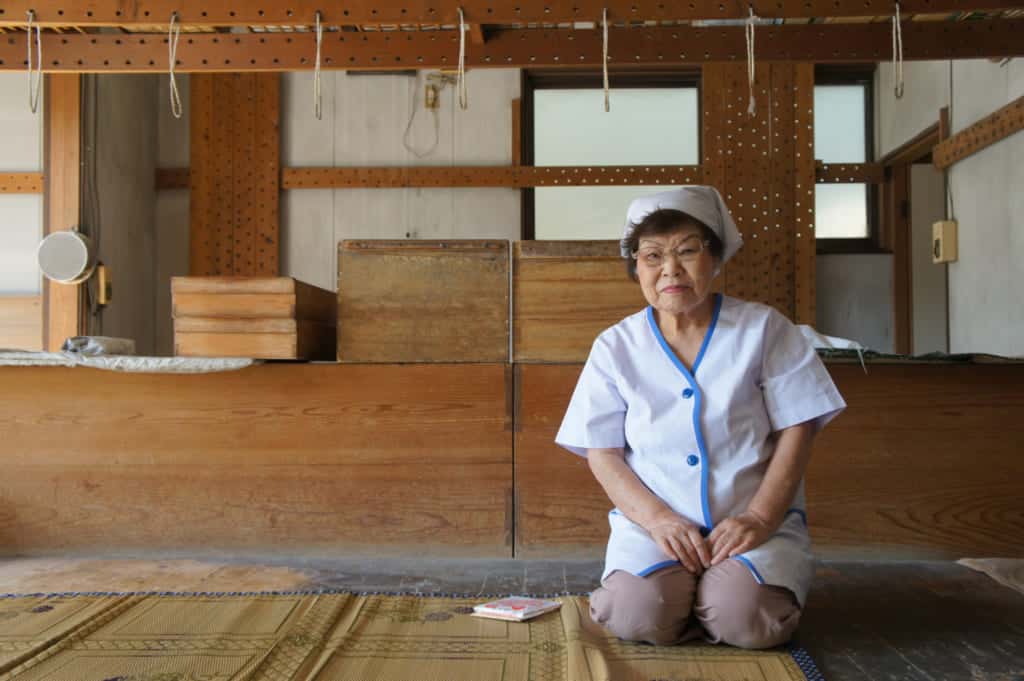
Making somen noodles involves several stages and is dependent on weather conditions. I was not able to watch one of the most impressive stages where 30cm-long cylinders of dough are lined up to reach about 4 meters long, a delicate task that takes time. But that allowed us time to speak with Mrs. Igata who is among the 9th generation of somen producers at the factory.
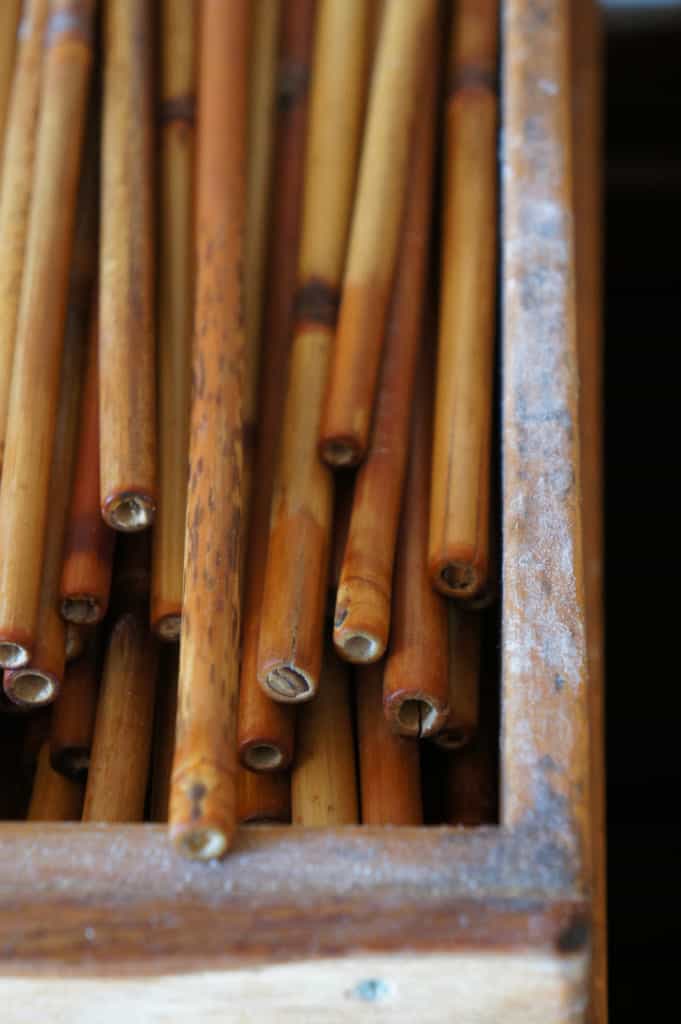
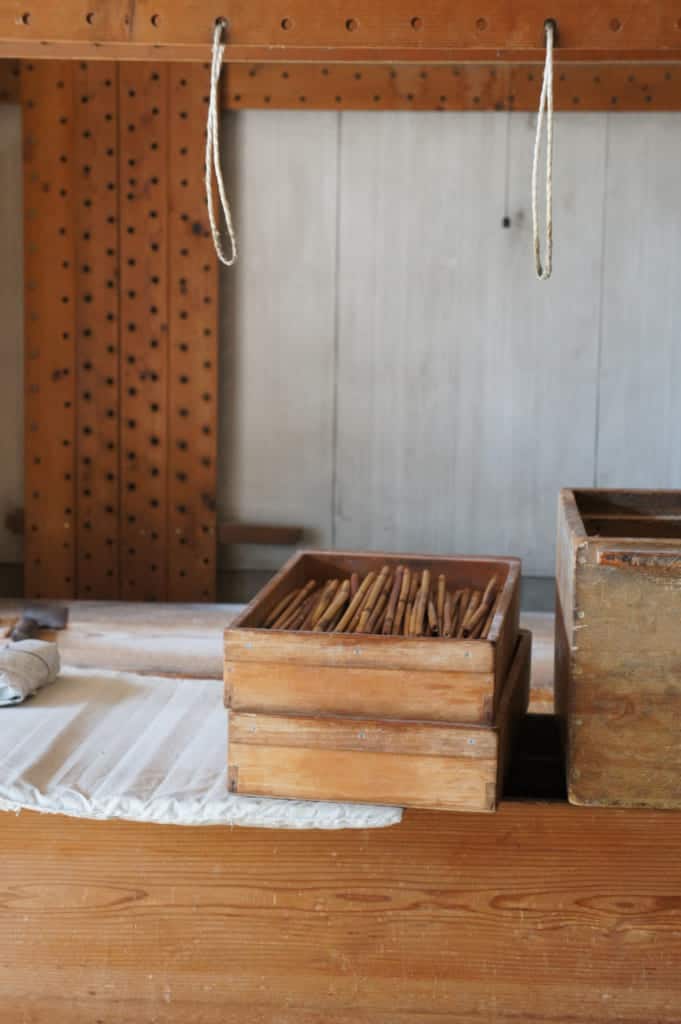
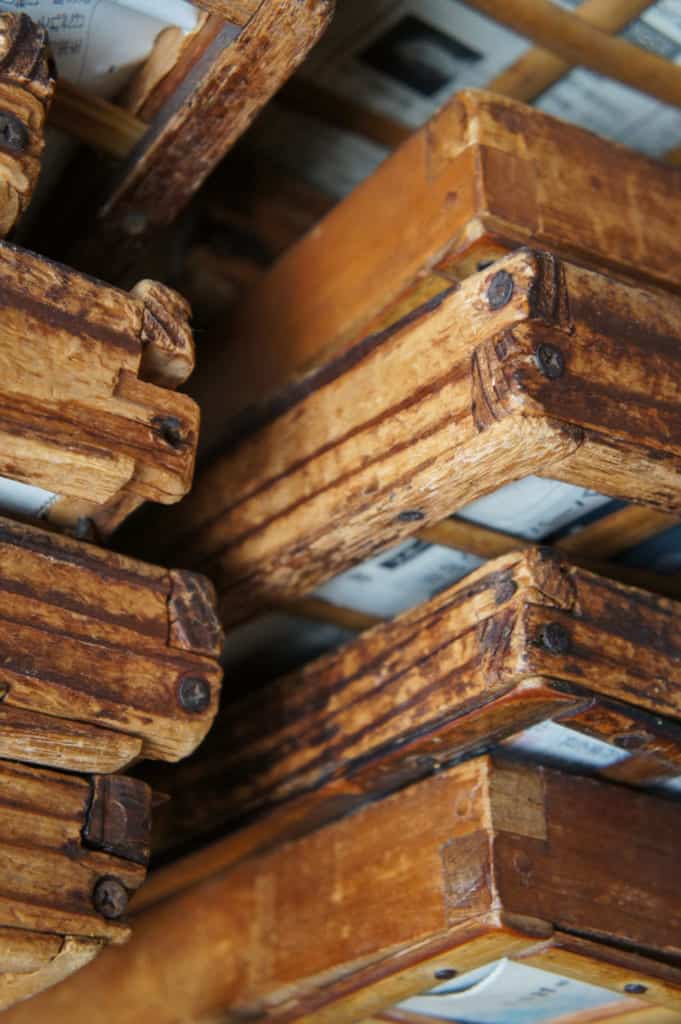
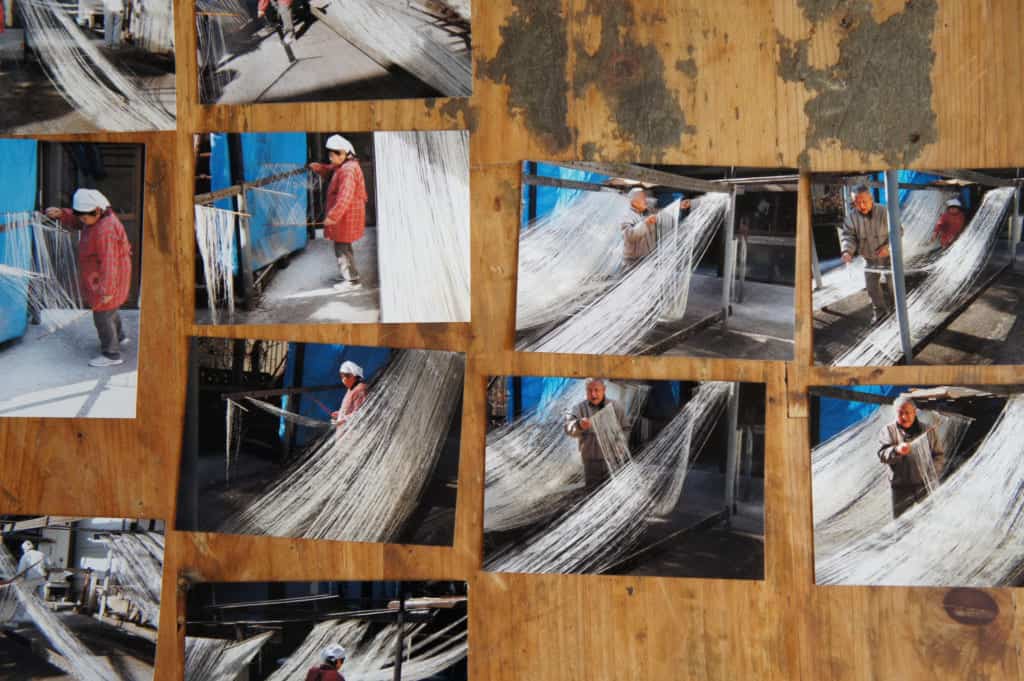
Mrs. Igata welcomes us with a big, hearty smile. She is happy that people come to buy her precious noodles*, which can only be found at her workshop or sometimes in the Tsuruya department store in Kumamoto. Stepping into her workshop is like stepping back in time. Everything seems like it has been the same for centuries, and the only tools that you will find are those made of wood and bamboo. The simplicity of somen noodles is this: making it involves just three ingredients — wheat flour, water and salt.
*to visit the workshop, please call in advance the 0968-53-2106 to make a reservation — groups cannot be accepted.
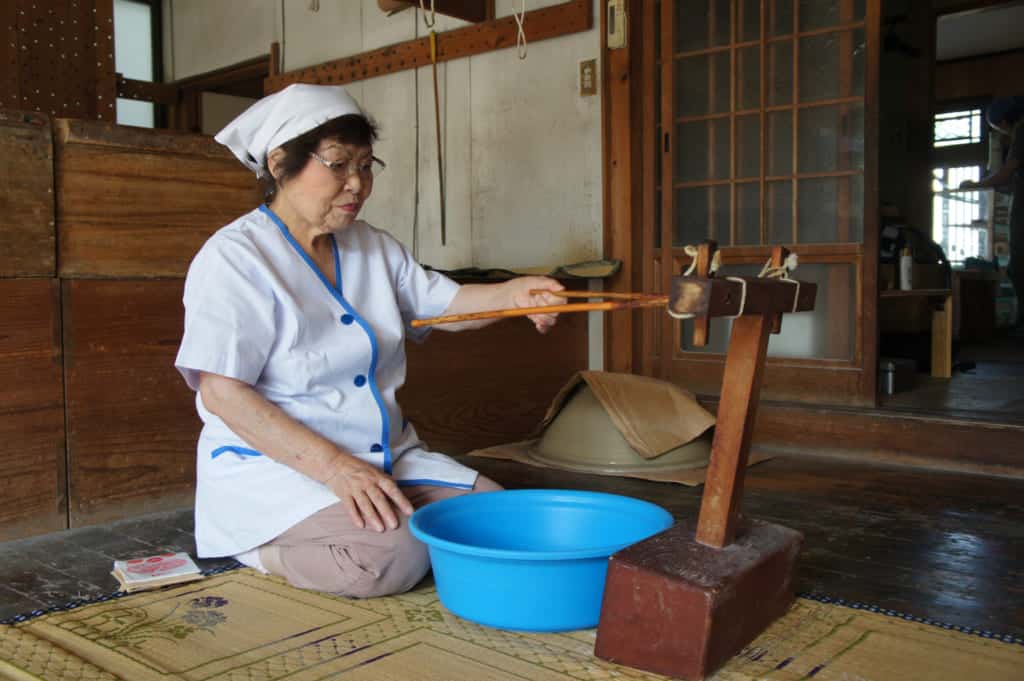
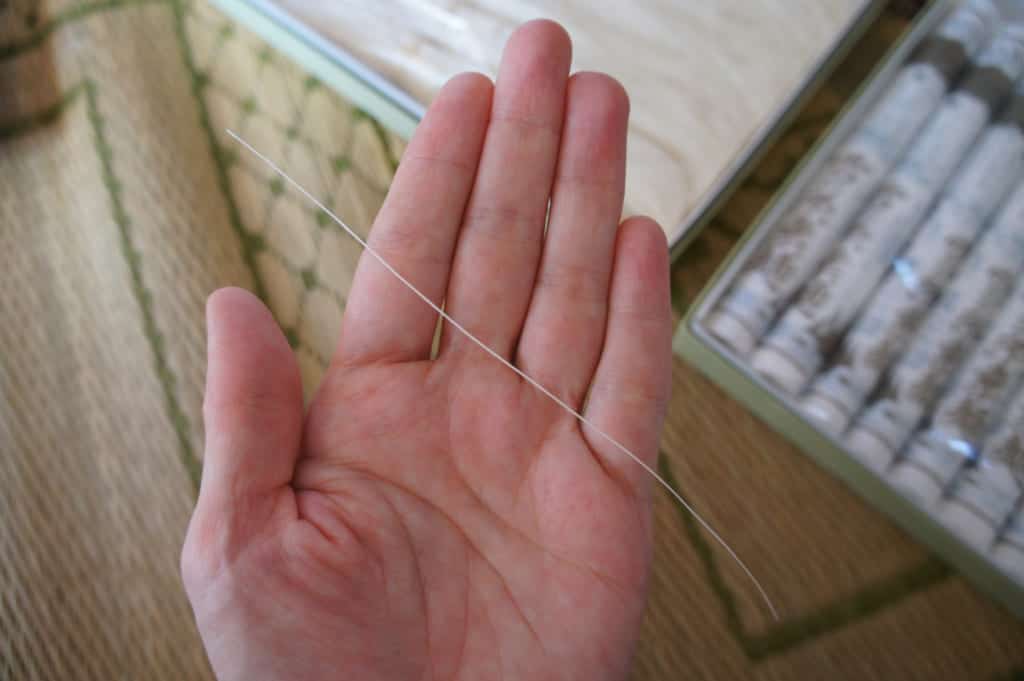
Mrs. Igata’s unique knowledge of somen making is what sets her noodles apart from others. After losing her parents at a young age, she was raised by her aunt, who was from the 8th generation of somen producers. From the age of 10, when other children were playing outside, she would help to make the noodles. Thanks to this early training and her continuous practice, today she is the only producer of these exceptionally thin noodles. This has earned both Saruwatari and Mrs. Igata a prestigious reputation, so much so that several media companies such as Japan’s National broadcaster NHK have shown an interest in her business.
What’s more, Mrs. Igata’s grandson has taken after his grandmother, ensuring that the small family-run manufacturer will continue in the future. In part, this is also thanks to a renewed interest in authentic products from younger generations of Japanese, as well as the company’s unique knowledge.
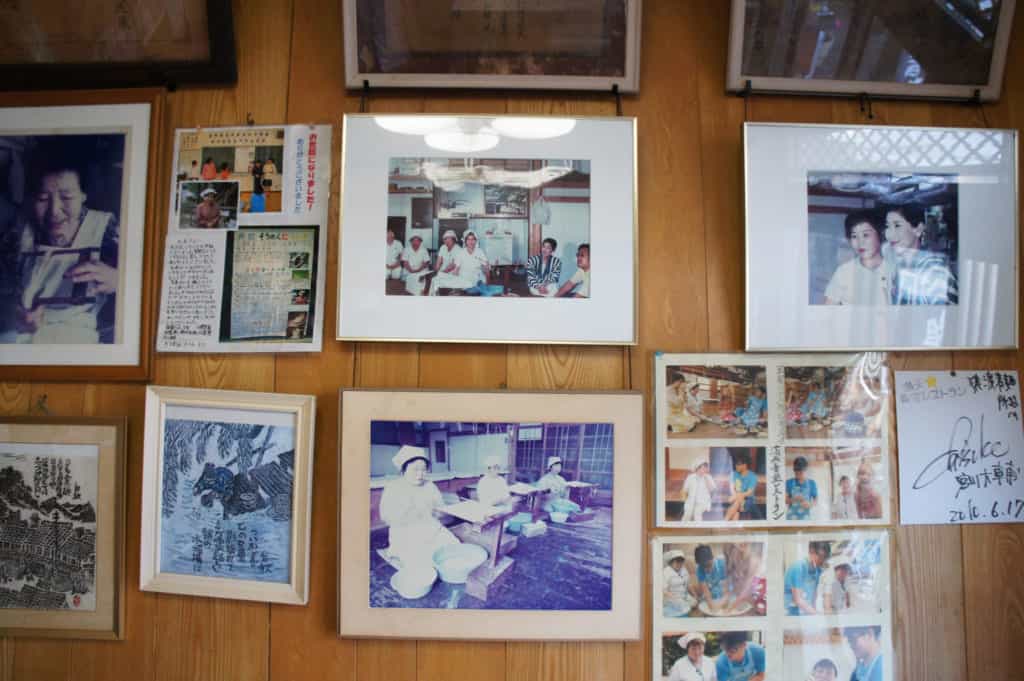
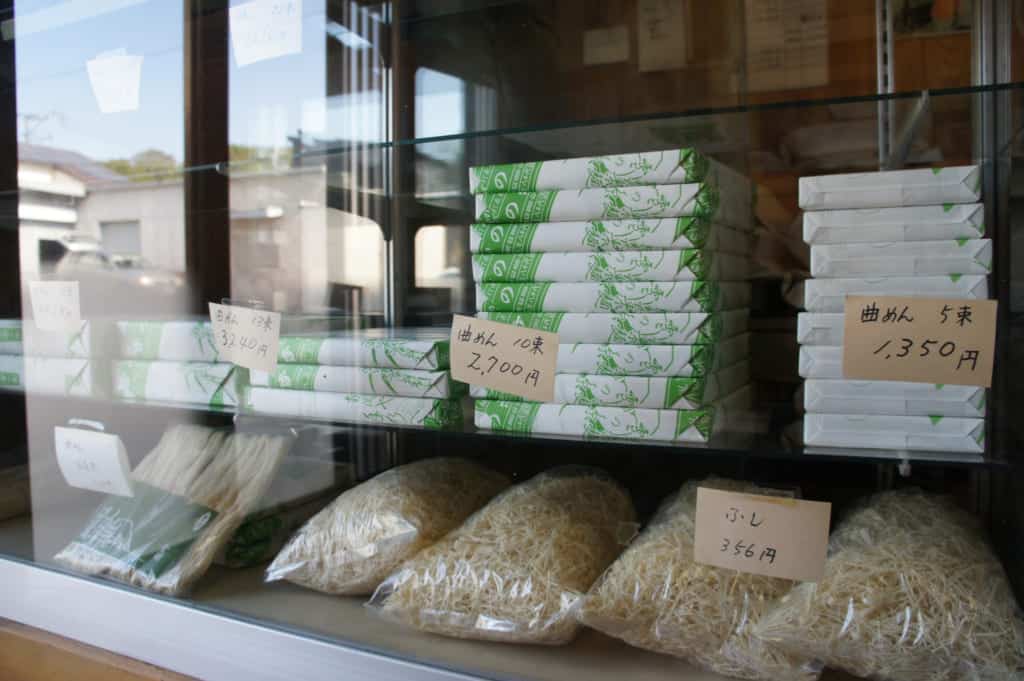
Tasting Saruwatari’s Somen Noodles
I couldn’t leave the Saruwatari factory without purchasing some somen as I was curious to taste noodles of such quality and thinness.
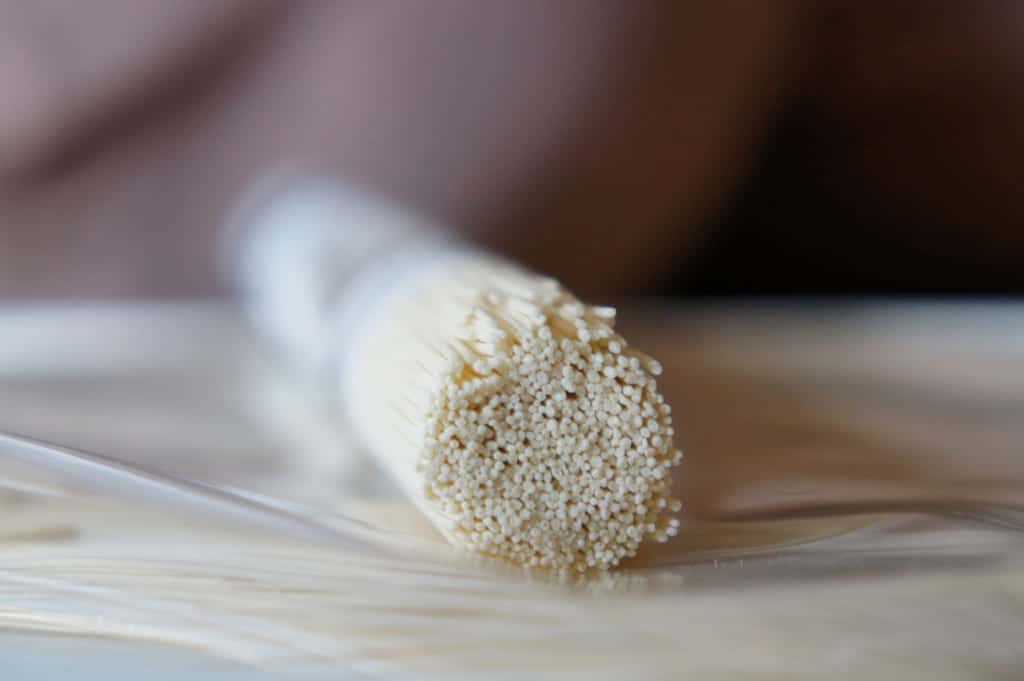
I tried two types of noodles that are produced by Mrs. Igata (classic noodles and extra fine) as well as both hot and cold versions (referred to as nyumen). Unsurprisingly, the taste confirmed the reputation: they were delicious, incredibly fine and “tsuru tsuru” — an onomatopoeia to describe the smooth, silky texture of the somen.
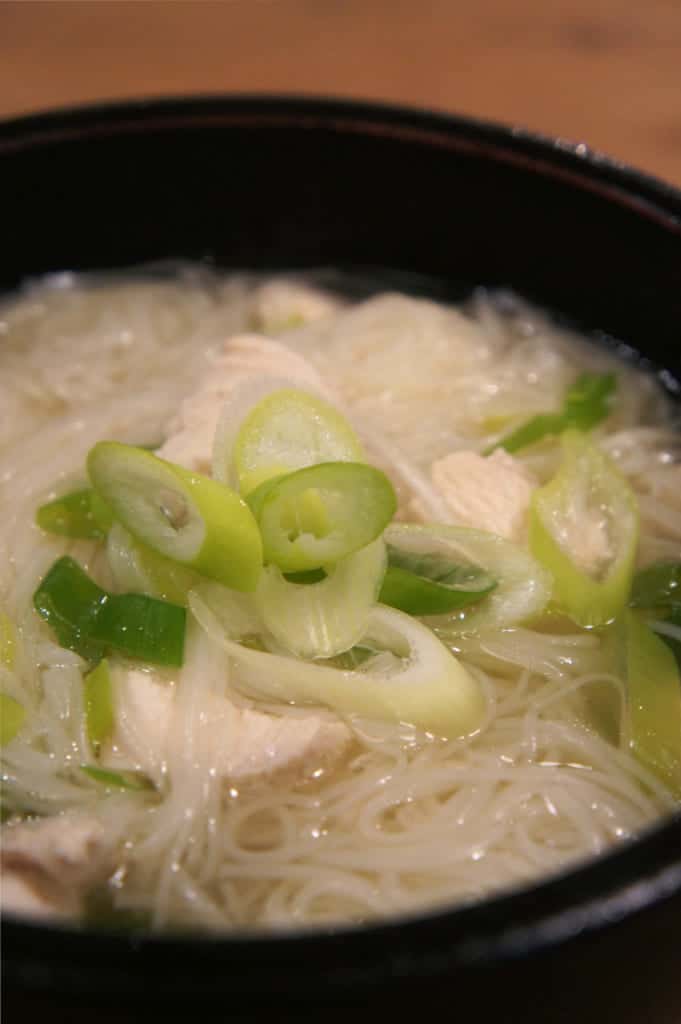
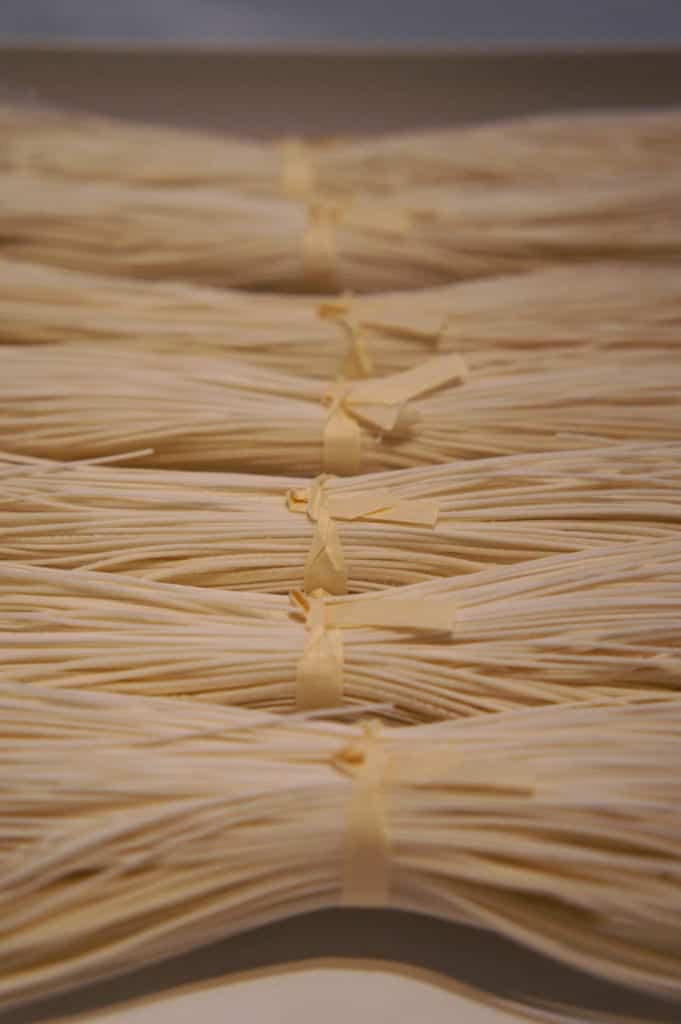
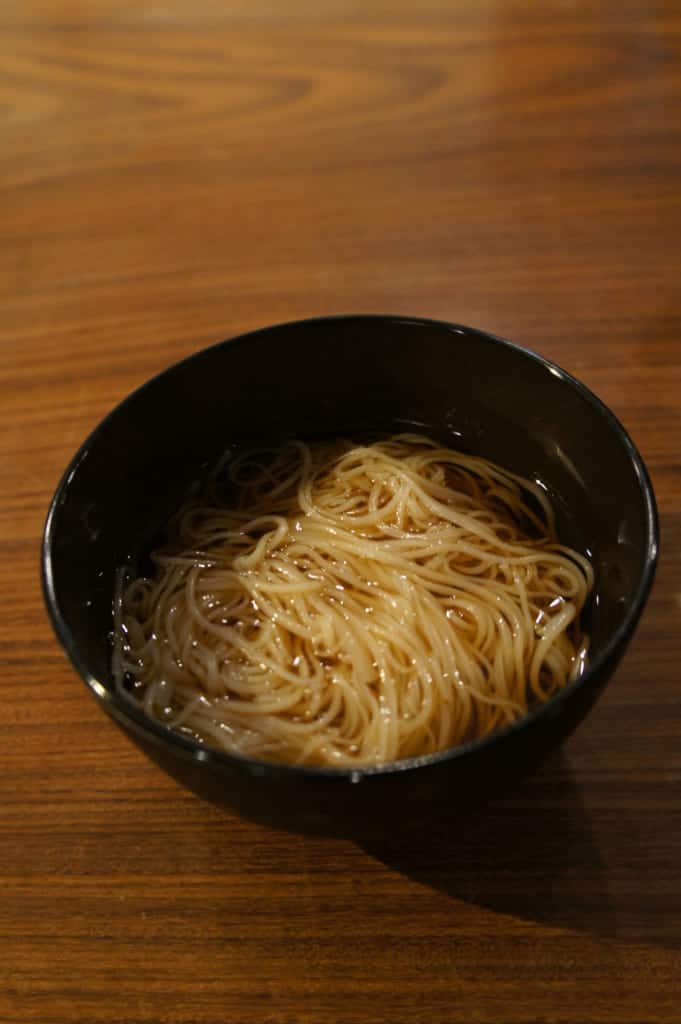
Nankan age: fried tofu, added to numerous Japanese dishes
Age, or fried tofu, is ubiquitous in Japanese cooking and is featured in many different dishes. It has a spongy texture so it is often added to soups as it doesn’t alter the taste. It is often found in miso soup or with sautéed vegetables (yasai itame). It is also found in a sweet, dry sauce (called ajitsuke age), in kitsune udon and inari zushi (sticky rice with sesame seeds, vegetables, mushrooms in a parcel — ajitsuke age). For non-meat eaters, it makes an excellent substitute for meat in order to make vegetarian dishes such as Japanese curry.
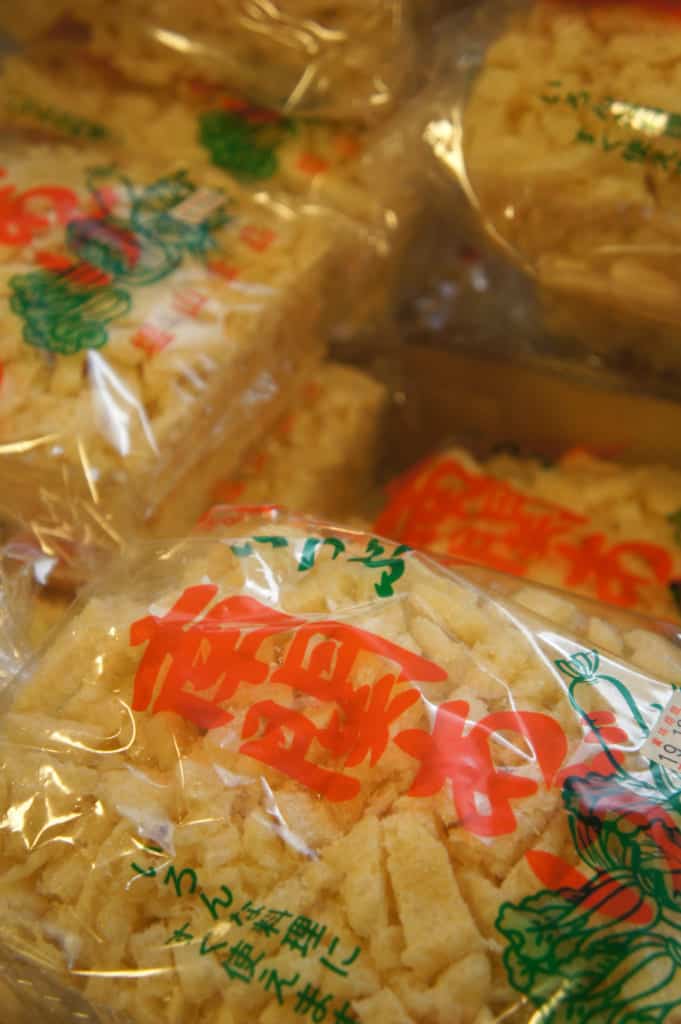
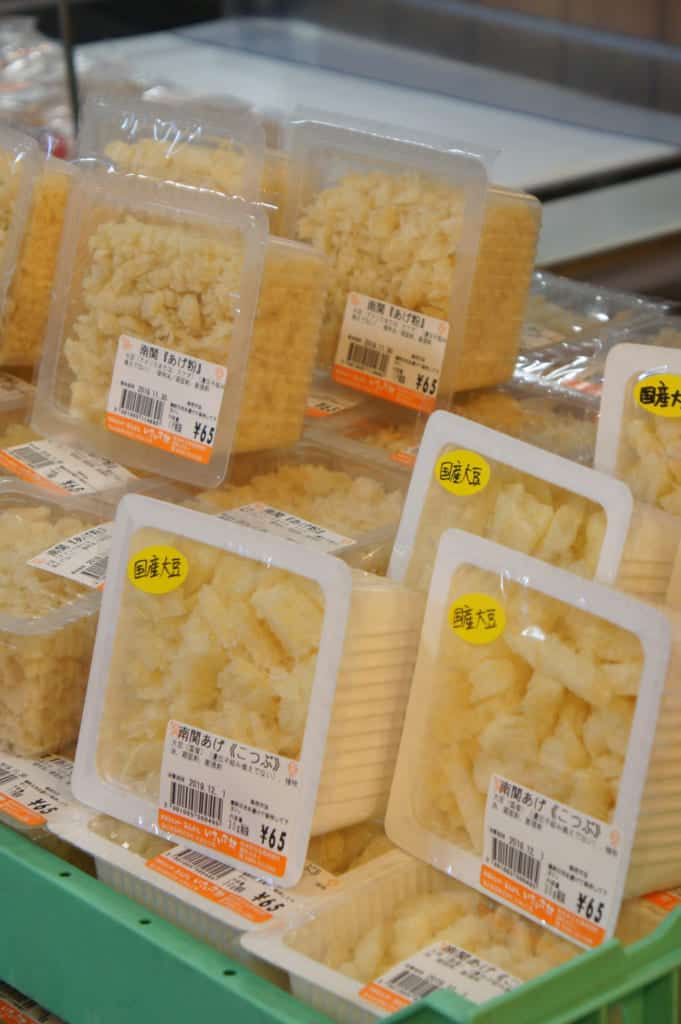
If you would like to buy some Nankan age or any of the other local products, you can visit Ikiiki Mura, a large shop that feels somewhere between a supermarket and a Michi-no-eki (a kind of roadside shop that only sells local products). You can find an impressive selection of age as well as other local products — fruit, vegetables, fish, bread, ready meals and a large selection of souvenirs, many of which are adorned with Kumamoto’s famous mascot, Kumamon.
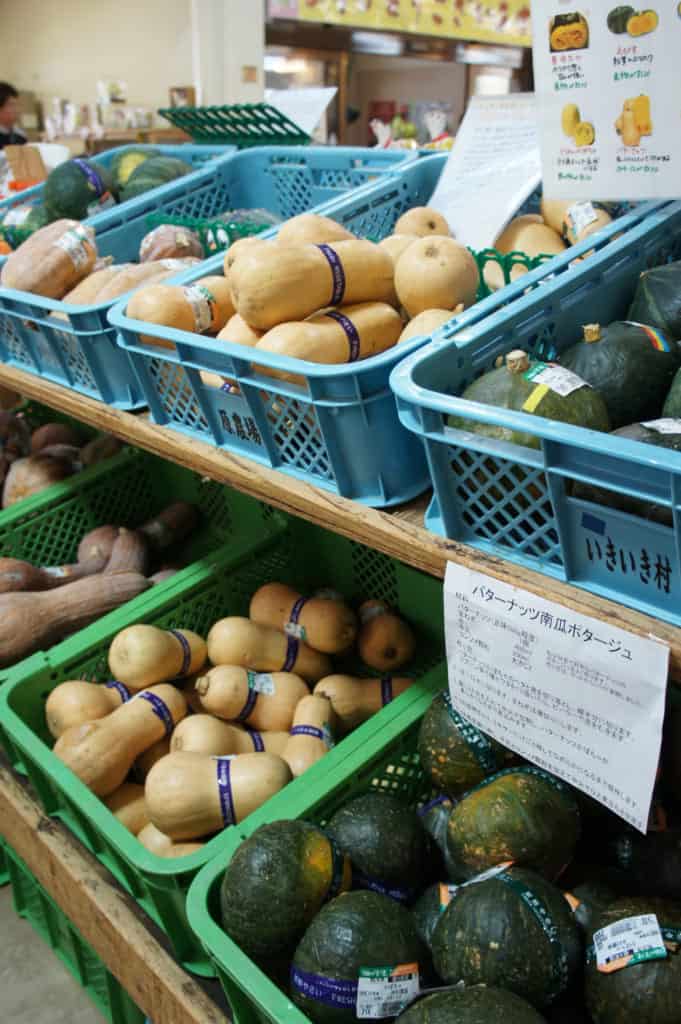
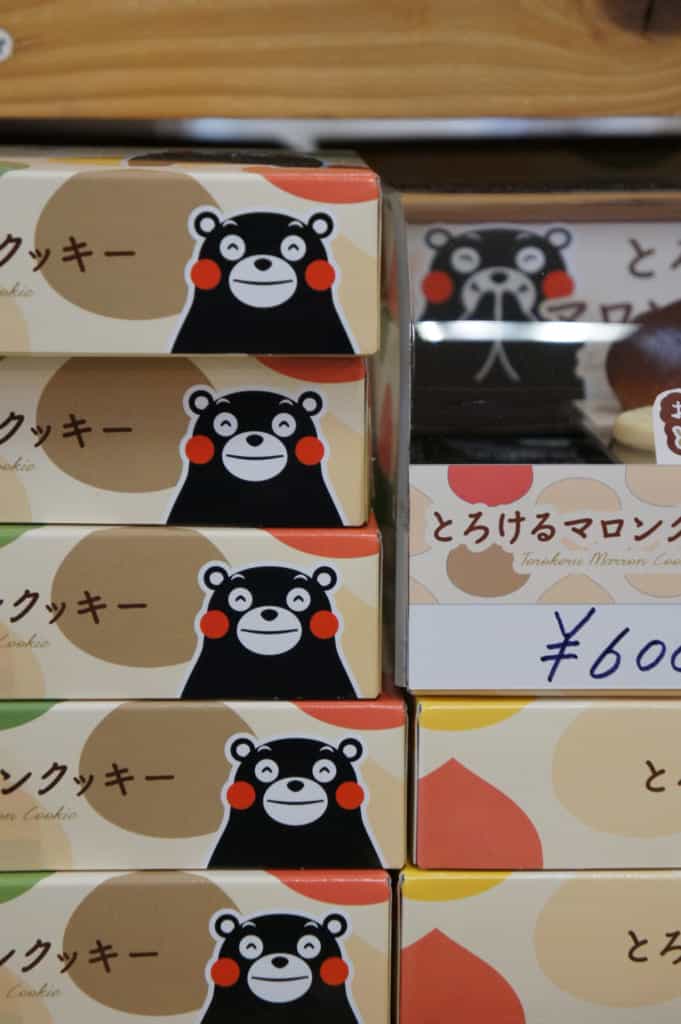
We bought some lunch boxes which seemed to have the most varied selection of age, including inari zushi and maki zushi, rolled in age. We took them to Otsuyama Park, located opposite Ikiiki Mura. The inari zushi was delicious with its soft age and a sauce that was the perfect sweetness and not too strong.
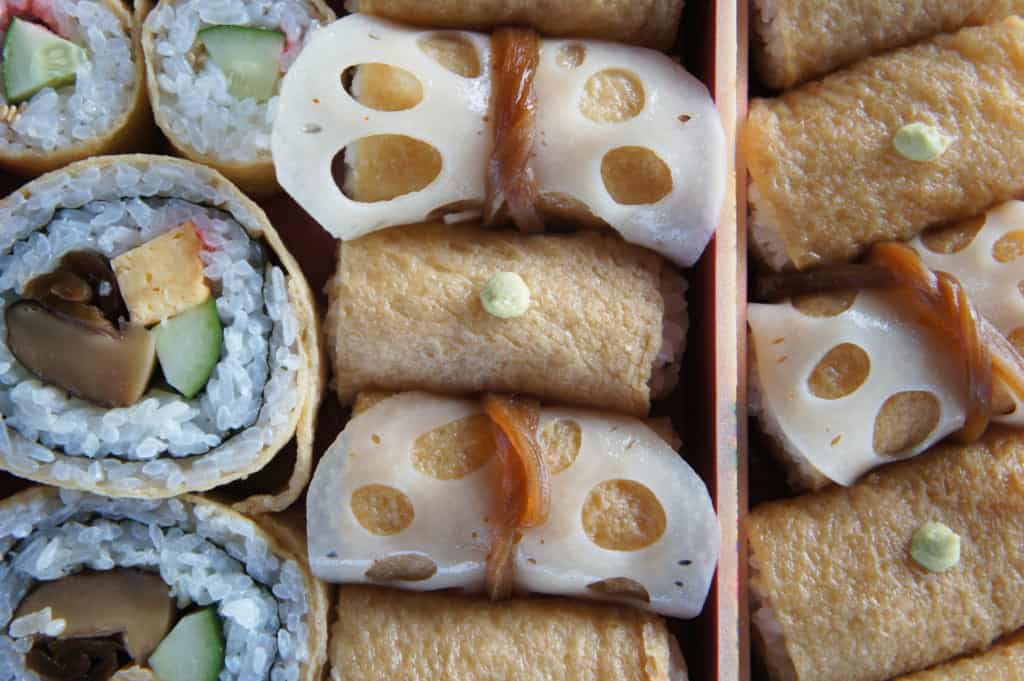
And, because age is a staple ingredient in Japanese cooking, I was able to taste it again during my stay at Seiryuso in Yamaga Onsen.
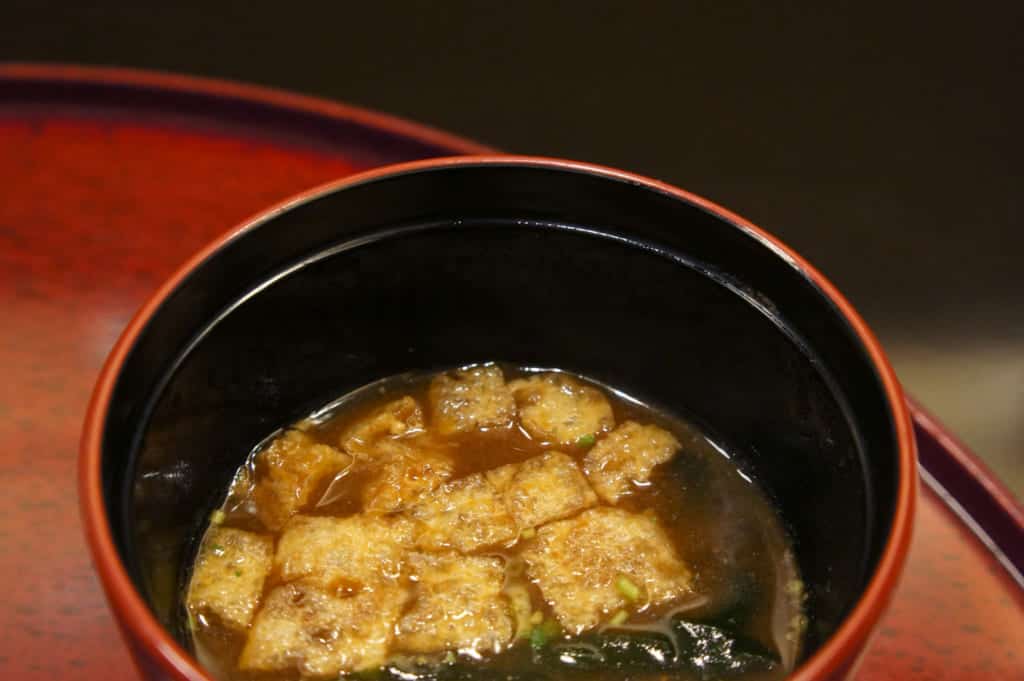
Some Souvenirs From Kumamoto
Somen noodles and Nankan age are two specialties that I would highly recommend on any trip to Northern Kumamoto, especially if you like Japanese food. What’s more, they keep well so you can enjoy them long after you have arrived home.
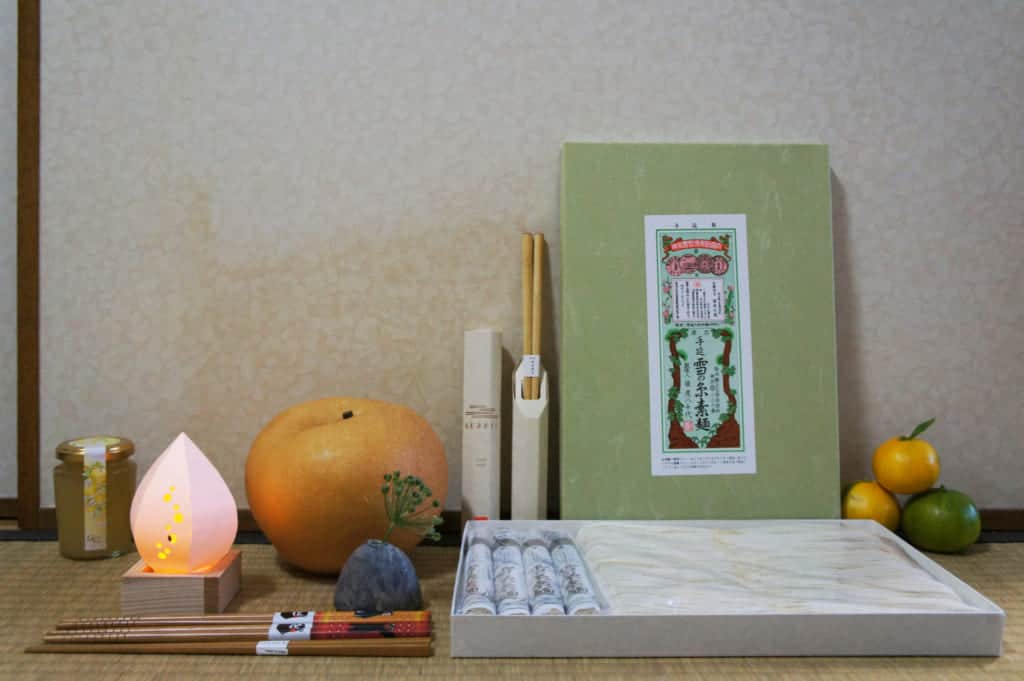
We can find other culinary specialties and handcrafted products. In fact, I returned from my trip with a bag that was bursting at the steams with souvenirs from places I had visited. Nashi from Arao, citrus fruits that I had picked myself at Mizumoto Orange Garden, nashi jam, bamboo chopsticks from the Yamachiku factory, a small ceramic vase that was made by Mr Yamaguchi’s son, a small paper lantern from the workshop at Yamaga Lantern Museum and two gifts from the hosts after my homestay in Kikuchi.
Access and Practical Information
While renting a car remains the best way to get around Northern Kumamoto, some areas in Nankan are accessible by bus.
To reach the Saruwatari somen noodle factory by public transport, it takes about 1 hour and 15 minutes from Kumamoto and 1 hour from Hakata (Fukuoka) by JR train and bus. The closest bus stop is Nankan (南関); it takes about 15 minutes by car or 20 minutes by bus from the closest station, Shin-Omuta (新大牟田駅). By car, it takes around 1 hour from both Kumamoto and Fukuoka. You can check the prices of the somen noodles, find more information and see a video of the noodles on this page (only in Japanese).
Ikiiki Mura is located about 1 hour and 15 minutes from Kumamoto and 1 hour and 45 minutes from Fukuoka by JR train and bus — the closest bus stop is Miya-mae (宮前). By car, it takes about 45 minutes and 50 minutes respectively. It takes 15 minutes by car or 20 minutes by bus from Shin-Omuta (新大牟田駅), the closest station.
Access to Nankan From Other Areas
From Fukuoka Airport: about 55 minutes by car
From Oita Airport: about 2 hours and 15 minutes by car
From Kumamoto Airport: about 50 minutes by car
I will remember my trip to Northern Kumamoto for a long time. I have no doubt that the souvenirs will serve as a daily reminder of my time there and the kindness of the people I met who took the time to share their passion and the culture of their region with me.
Sponsored by Northern Kumamoto Administrative Headquarters
Translation by Mark Webster


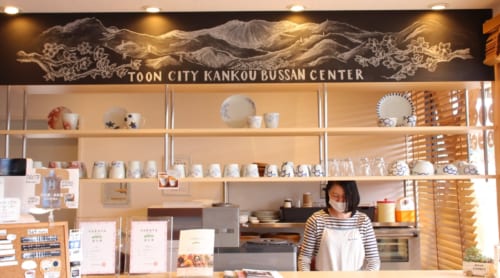

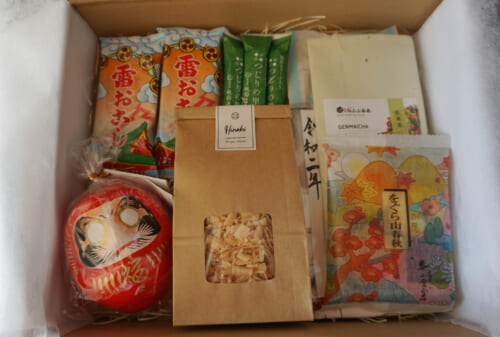
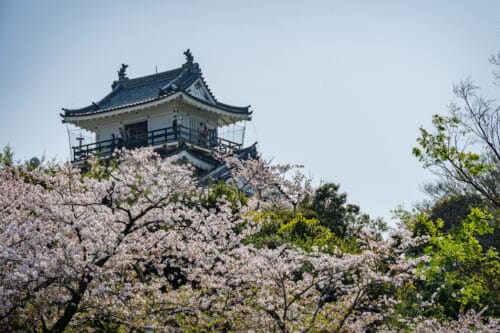
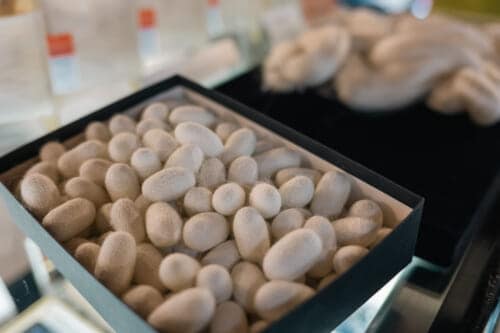
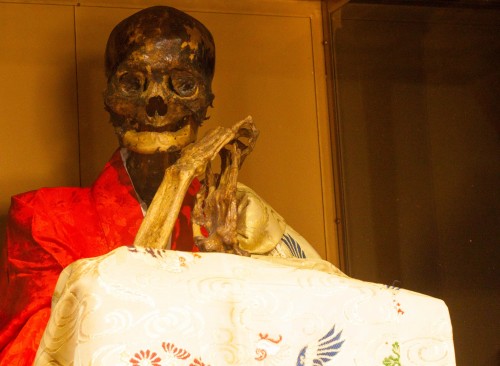
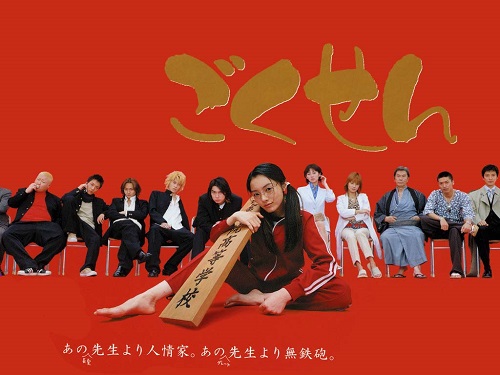


No Comments yet!